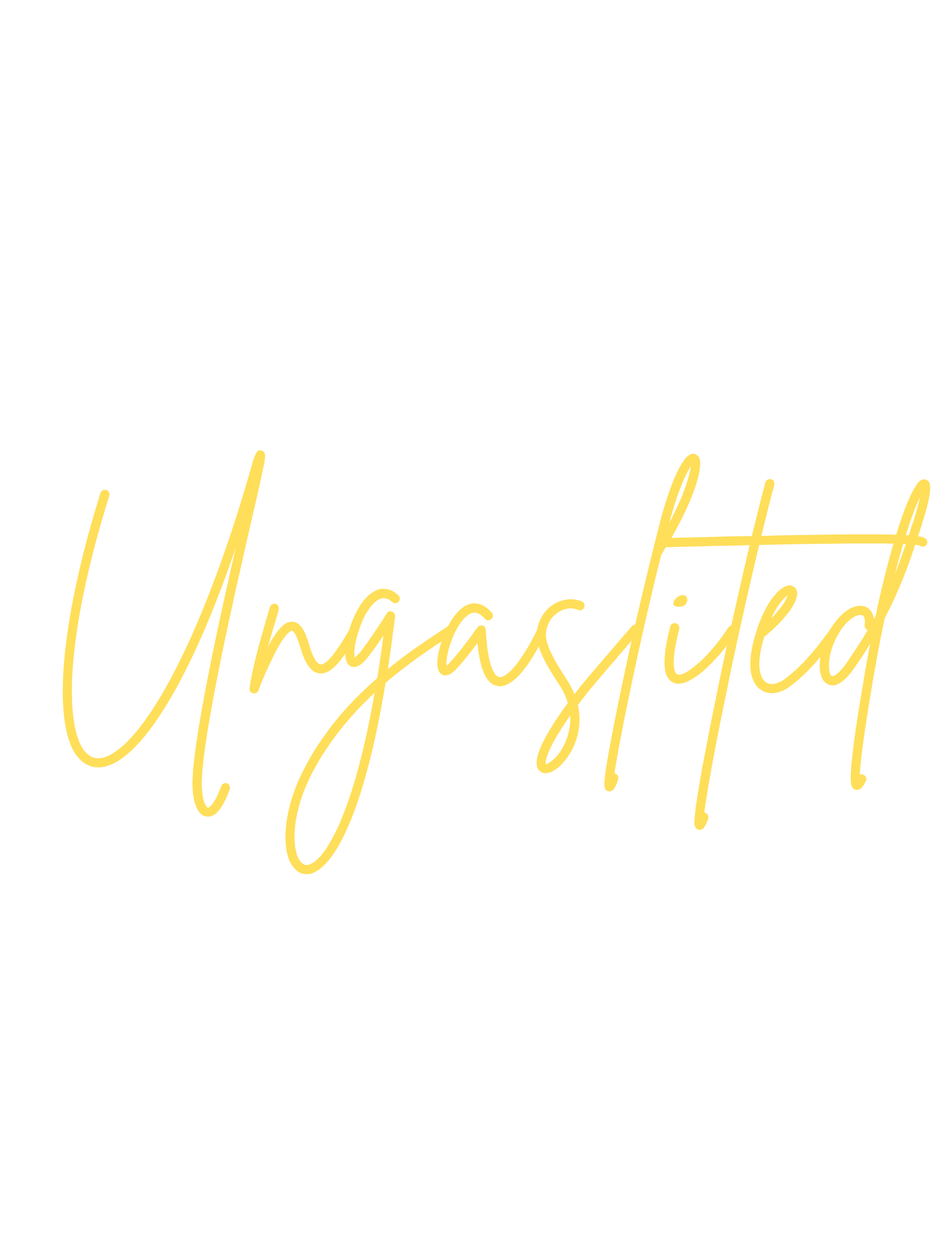A vision board can consist of words, images, or symbols representing your goals. Typically, people opt for yearly vision boards, but you can also create one for short-term goals. Here, we will discuss setting up a vision board for a year and how to establish realistic and practical goals that are not overwhelming.
Why Is a Vision Board Important?
A vision board will keep you hooked on your goal all year long. Images can have a much greater impact on how we think. It is essentially priming your brain or directing your brain to think in a certain direction. This can act like your compass or north star, keeping you on a certain course.
You can read more about the benefits of having a vision board through the links below:
https://conradfrancis.com/the-importance-of-vision-boards-in-achieving-goals/
Before we create a vision board, we will look into certain aspects you can consider for goal setting.
Goal Setting
Choose 2-3 important goals you wish to achieve in a year. The three pillars of life are health, wealth, and relationships. You can set one goal from each aspect of your life or just focus on one or two aspects.
For example, it could be weight loss, spending more quality time with family, or probably starting a side hustle.
Do not burden yourself with too much to do. Focus is the key here. What are the most important goals you need to achieve this year? Those goals must always take the first priority.
Would you rather achieve 1 or 2 things in a year or half-do 10 things and then feel bad for not achieving even one properly?
So it is better to keep goals that don’t burden you, yet challenge you and push you out of your comfort zone.
Be specific with your goals:
For example, don’t just set weight loss as a goal. Write your present body weight/body fat % and what your goal weight/fat % is.
For starting a business, keep your expectations realistic. Say you expect to make $500/month by the end of the year from this business.
Figure out the journey:
You know the beginning and the end (goal). Write down ways in which you can achieve it within 12 months.
Set quarterly goals:
You can focus on one goal for a particular quarter or focus on some aspects of all your goals.
Breakdown your goals into monthly/weekly:
Break down the goal for each month or week. For example, in the first month, you want to complete 10 blog posts or reduce 1 pound of weight.
12-week year:
This concept is from the book ‘The 12 Week Year: Get More Done in 12 Weeks Than Others Do in 12 Months’, where your concept of a “year” is condensed into a 12-week period.
Instead of achieving goals in 12 months, try achieving them in 12 weeks – at least one of them. This way, even if your method to achieve a particular goal is not working out, you can pivot. You don’t have to waste an entire year on something that clearly isn’t working for you.
In this method, every day represents a week of the year, and every week is a month of the year. Convert all your weekly and monthly goals accordingly.
This will also help you add more goals if you finish achieving things you set out to do in a year earlier. You can get more done in a year.
Also, the earlier the rewards, the more motivated we will remain. Your motivation to complete goals in 12 weeks will be much higher than that of 12 months.
Excel Sheet for Goal Setting:
We already used Excel Sheet for creating a bullet journal. We can use the Excel Sheet to track your goals too.
Vision Board
Once we are done figuring out our goals, let’s move to the fun part. We will use images/words to represent the most important goals you wish to achieve in the year.
Building the Board
Start by listing the 2-3 most important goals you aim to achieve this year, being extremely specific. Write these down in the center of the board, and complement them with an inspiring quote or poem.
Around these central goals, incorporate images that represent each one. For instance, if your goal is to start weight training, include an image of someone engaged in weight training. If your objective is to eat healthily, display images or recipes of healthy meals you wish to try.
For business-related goals, consider quoting a specific revenue number by year-end. Apply the same level of specificity to weight loss or body fat goals.
Organize the board by placing work-related goal images on top and positioning relationship goals to the left (as the left side symbolizes the heart). The arrangement can follow any logic or no logic at all.
Fill any remaining space on the board with other important tasks you aim to complete, not necessarily time-consuming primary goals but responsibilities you’ve been postponing. These tasks could range from medical checkups and dental appointments to planning a trip or reminding yourself to engage in daily skincare.
If you’re using a PowerPoint presentation, dedicate the first slide to the most critical goals, incorporating gifs/images to represent them.
Use the following slides to outline additional tasks for the year and specify any anti-goals – things you refuse to engage in during the year, such as bad habits or interactions with toxic individuals.
Consider hosting a vision board-making party with friends who support and encourage you. Remember to enjoy the process and treat it as a fun experiment. There are no strict rules, but keep the focus on 2-3 specific goals.
Wishing you a productive and joyful year ahead!

